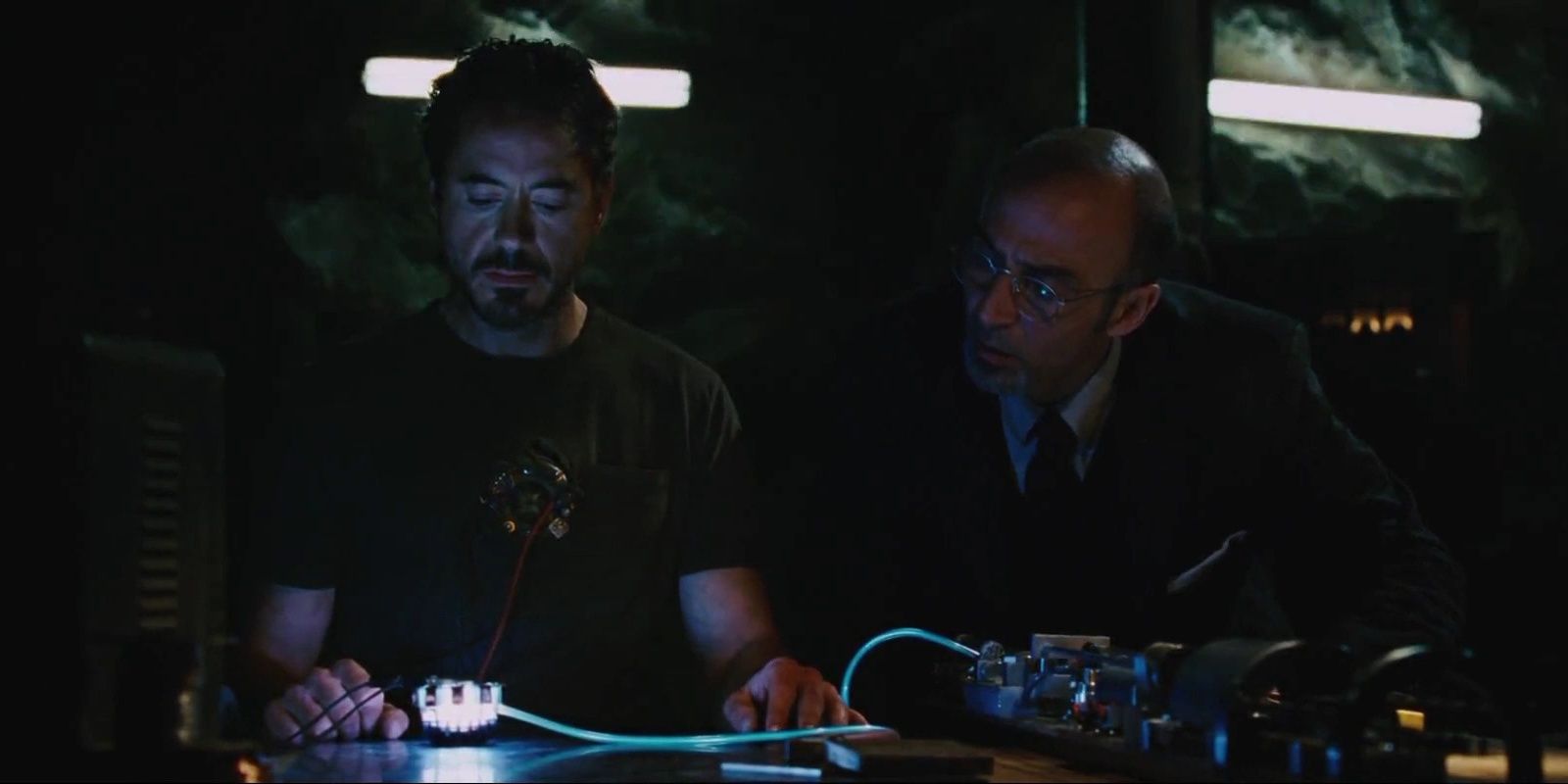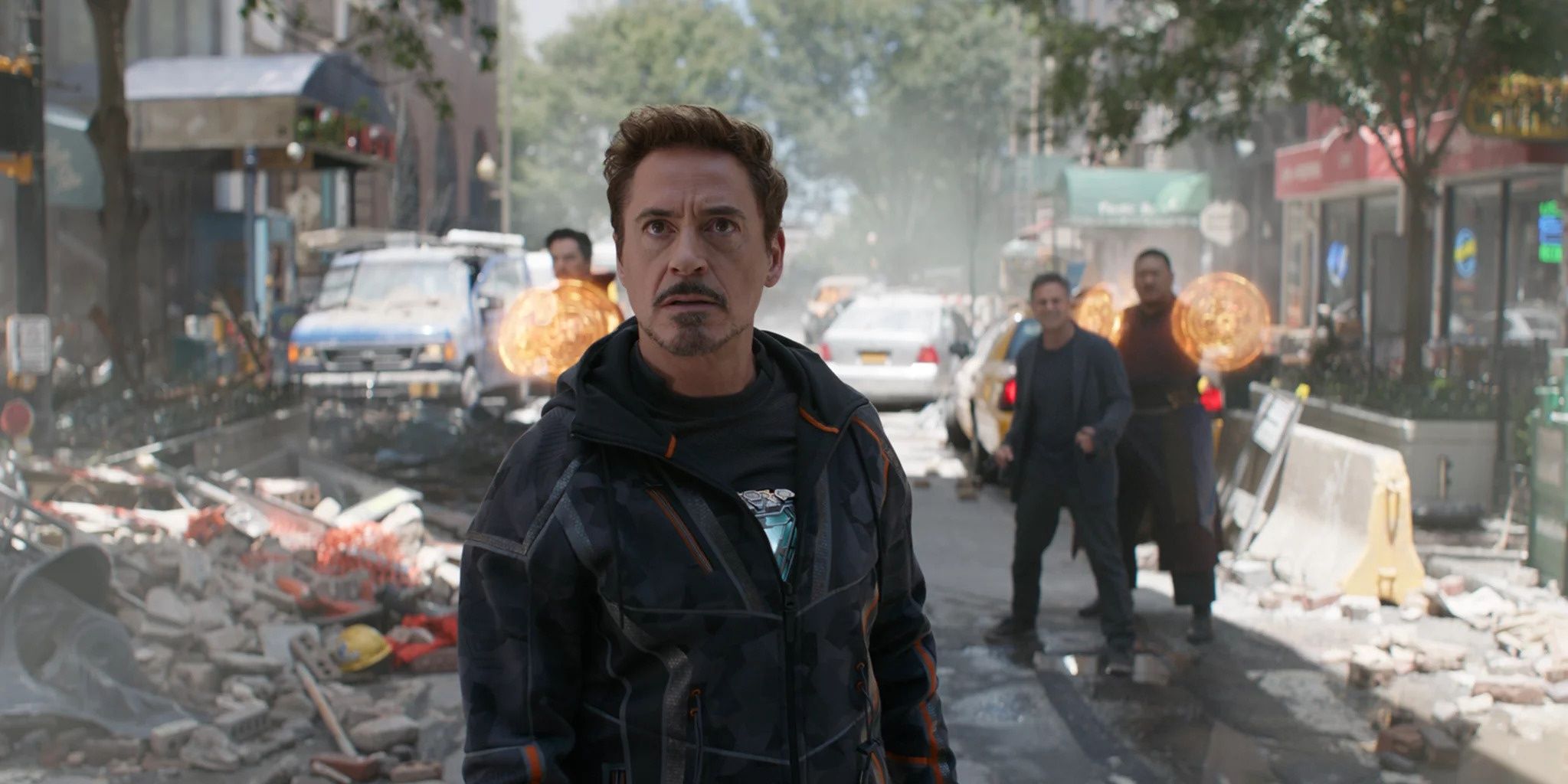Iron Man’s Arc Reactor Explained
Iron Man's Arc Reactor Explained
Iron Man: The Arc Reactor and Its Evolution

Ah, Iron Man, the superhero who kickstarted the Marvel Cinematic Universe and captured our hearts with his witty remarks and high-tech suits. But did you know that the iconic Iron Man suits aren’t the only impressive inventions in Tony Stark’s arsenal? Tony also developed a series of Arc Reactors, which not only power his suits but also keep him alive. Let’s dive into the thrilling evolution of the Arc Reactor and the reasons why Tony needs them.
Tony’s Lifesaving Invention

The journey of the Arc Reactor begins in the first Iron Man movie, where Tony finds himself captured by terrorists, thanks to his own company’s weapons. After being injured by an explosion, Tony wakes up to find a battery-powered magnet saving him from a shrapnel-ridden death. Teaming up with fellow captive Yinsen, Tony creates a miniature arc reactor based on the one powering the Stark Industries factory. This makeshift device keeps the shrapnel at bay and becomes the power source for the first Iron Man suit, which helps Tony escape. However, the Arc Reactor’s energy supply is limited and varies between models. The initial concept model could only charge the suit for a mere 50 minutes, but Tony enhances its capabilities with each new version.
The Evolution of the Arc Reactor
Throughout the Marvel Cinematic Universe, we witness the progression of the Arc Reactor through various versions, each one surpassing the previous in terms of power and efficiency. It all starts with the Mark I, crafted from palladium during Tony’s captivity. The Mark II follows, featuring improved miniaturization and playing a vital role in the debut of the functional Iron Man suit.
In Iron Man 2, Tony faces a life-threatening situation when he discovers the palladium in the Arc Reactor is poisoning him. With guidance left by his father, Tony creates a revolutionary new element, leading to the birth of the New Energy Arc Reactor Mark I. This clean energy source powers the Iron Legion suits and even the mighty Hulkbuster suit in future battles.
But the most remarkable breakthrough occurs in Avengers: Infinity War, where we witness the awe-inspiring New Energy Arc Reactor V. This version, equipped with Nanoparticles and immense energy, enables Tony to face off against the formidable Thanos himself. Finally, in Avengers: Endgame, Tony utilizes the even more advanced New Energy Arc Reactor VI, which provides enough power to confront Thanos and save the universe.
- Cozy MMO sets world record with 10,000 players in in-game concert
- Create your perfect Starfield character with this amazing build pla...
- Sims 5: Building on the Broke Family’s Pool Ladder Mishap
The Symbolic Meaning

Tony Stark’s journey from arrogance to heroism is one of the most inspiring character arcs in the MCU. During his evolution, he faces conflicts and shows self-interest, yet his underlying intentions are always aimed at achieving the greater good. Pepper Potts, Tony’s wife, deeply understands the man behind the iconic suit. In a powerful gesture, she gifts Tony his former arc reactor, encased in a glass box labeled “Proof That Tony Stark Has A Heart.” This symbolizes the initial purpose of the arc reactor to protect Tony’s vital organ from shrapnel, challenging the misconception that he is heartless. It becomes evident that, despite his flaws, Tony has always strived to be a better man who genuinely cares about others.
During Tony’s poignant funeral in Avengers: Endgame, Pepper places the same arc reactor by the riverside. This act serves as a touching homage to the fallen hero, a loving husband, and a devoted father. It symbolizes not just Tony’s brilliant intellect, but also his capacity for compassion. Tony’s ultimate sacrifice for the greater good of humanity and the universe is magnified through this meaningful tribute.
So there you have it, the captivating evolution of Iron Man’s Arc Reactor. From its humble beginnings in a dark cave to its ultimate role in saving the universe, the Arc Reactor remains an integral part of Tony Stark’s legacy. Remember, even in the world of superheroes, a little bit of heart can go a long way.
NEXT: One Celebrity Bashes Oppenheimer Amidst Near-Universal Acclaim





